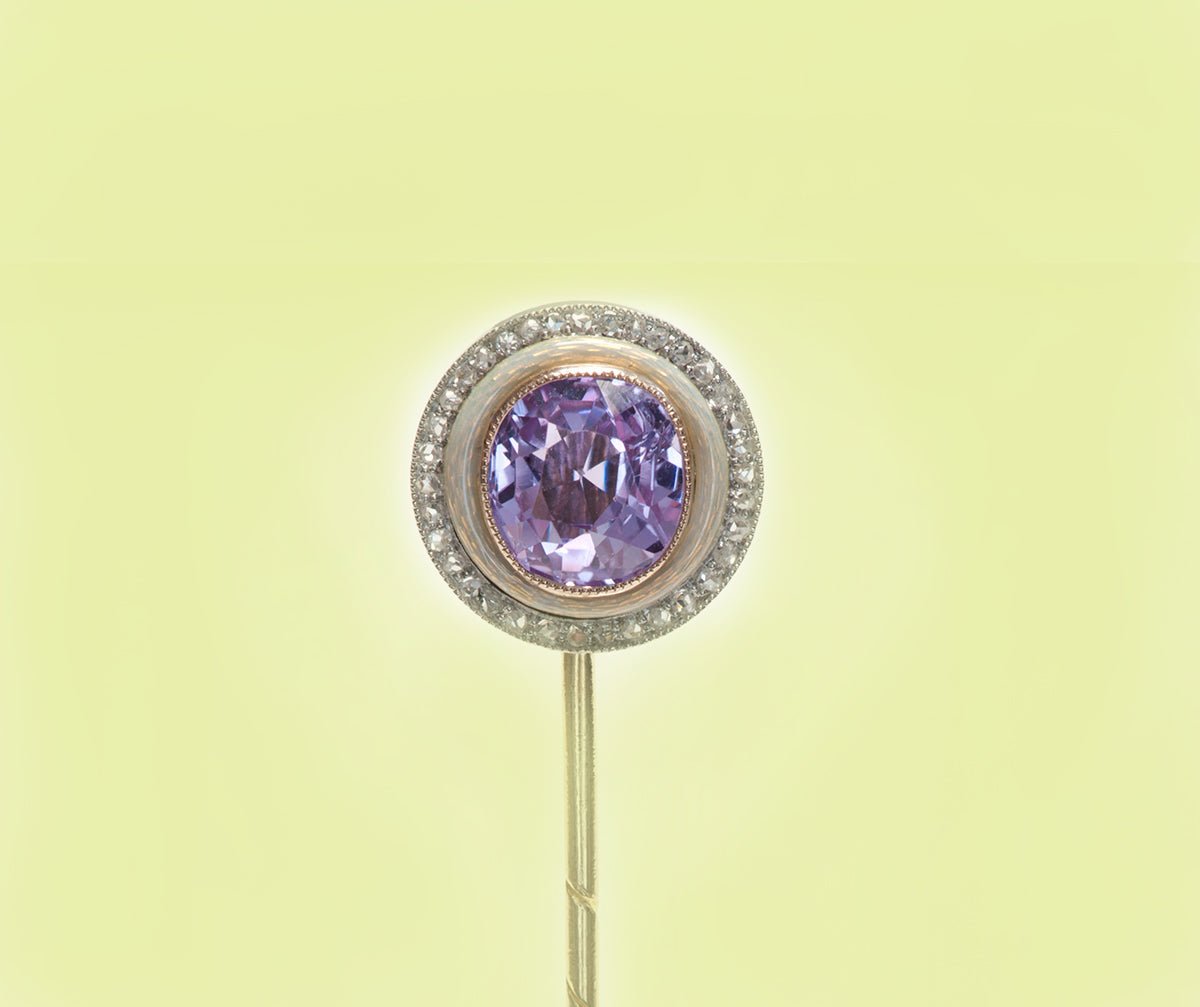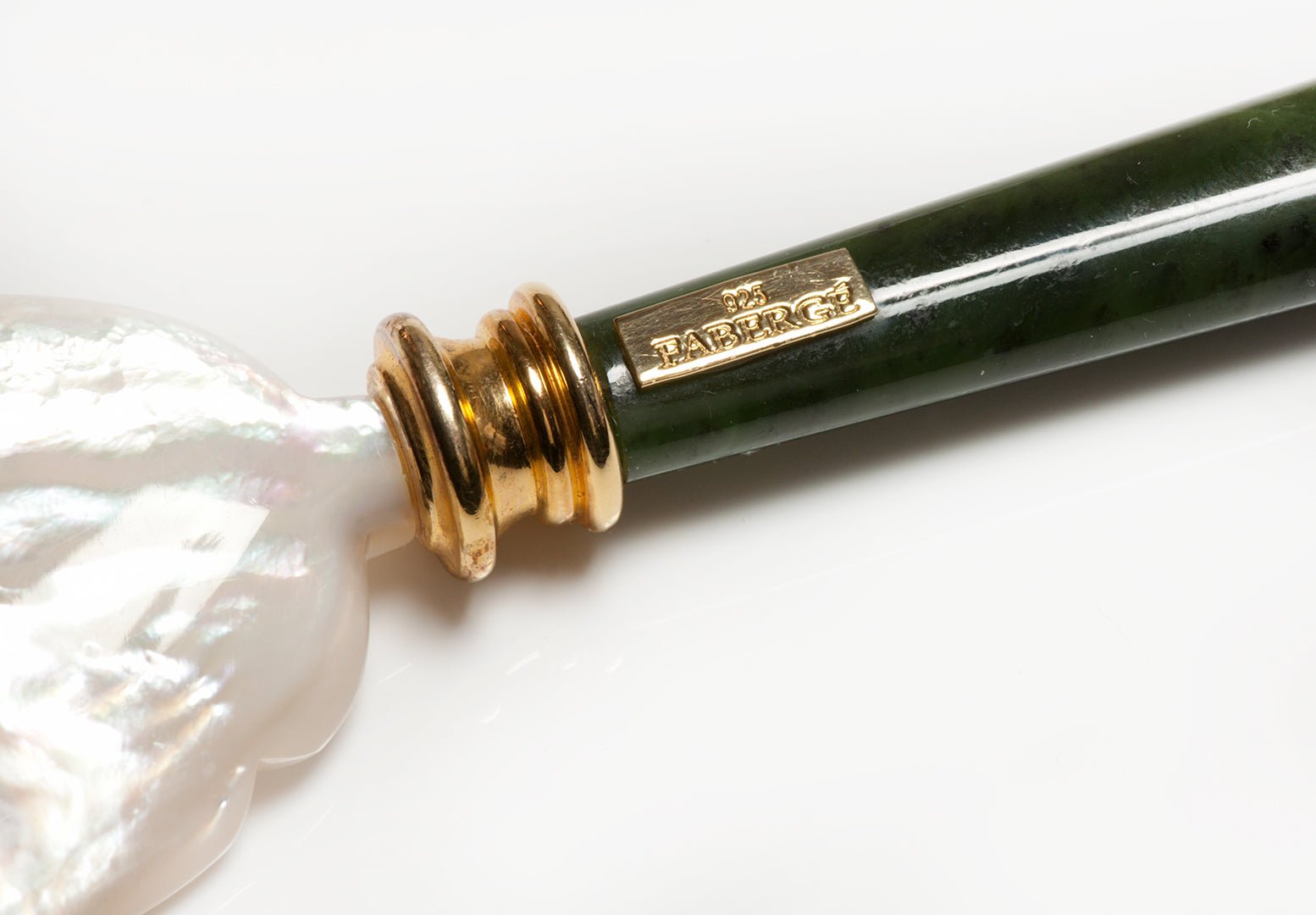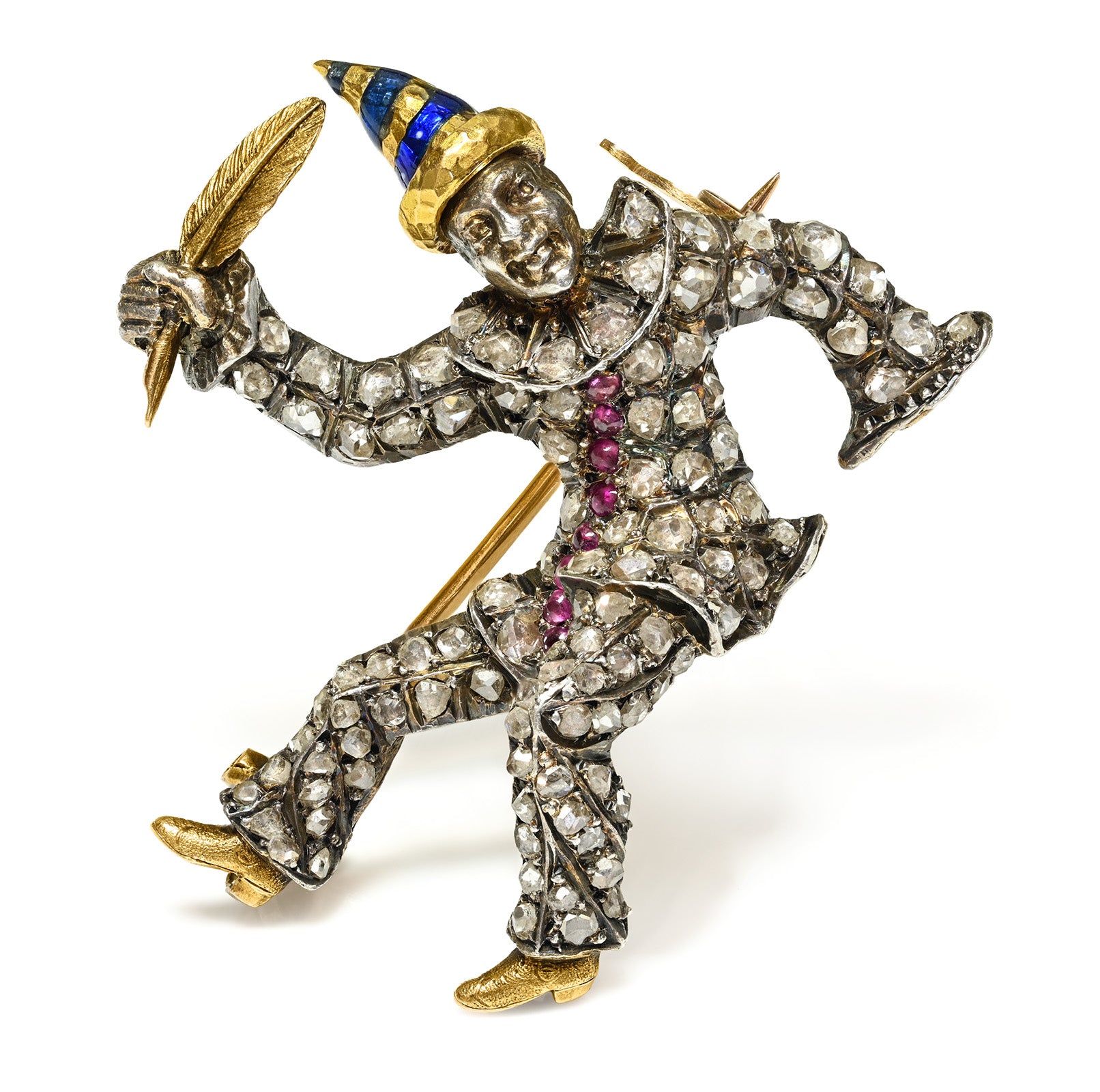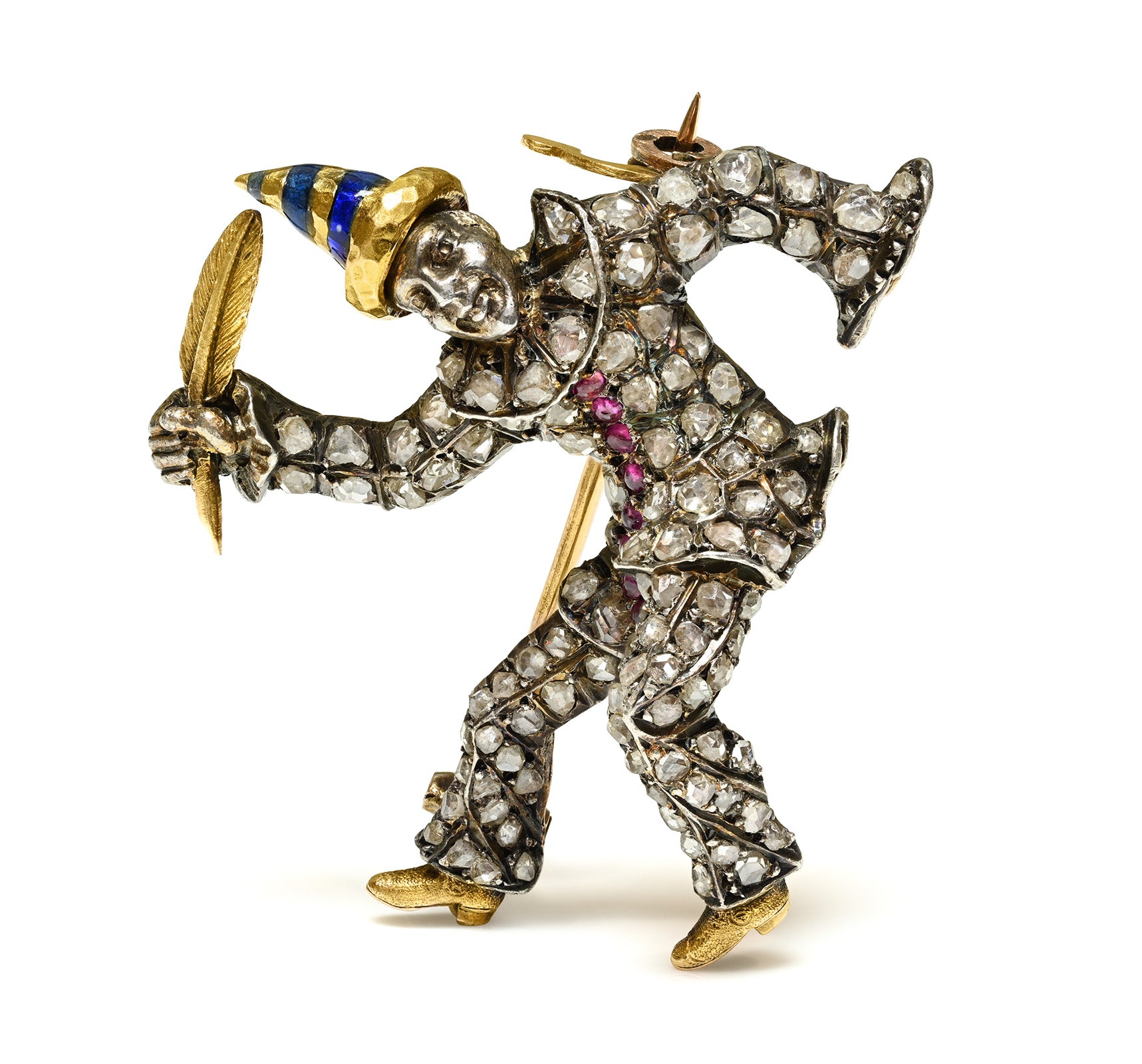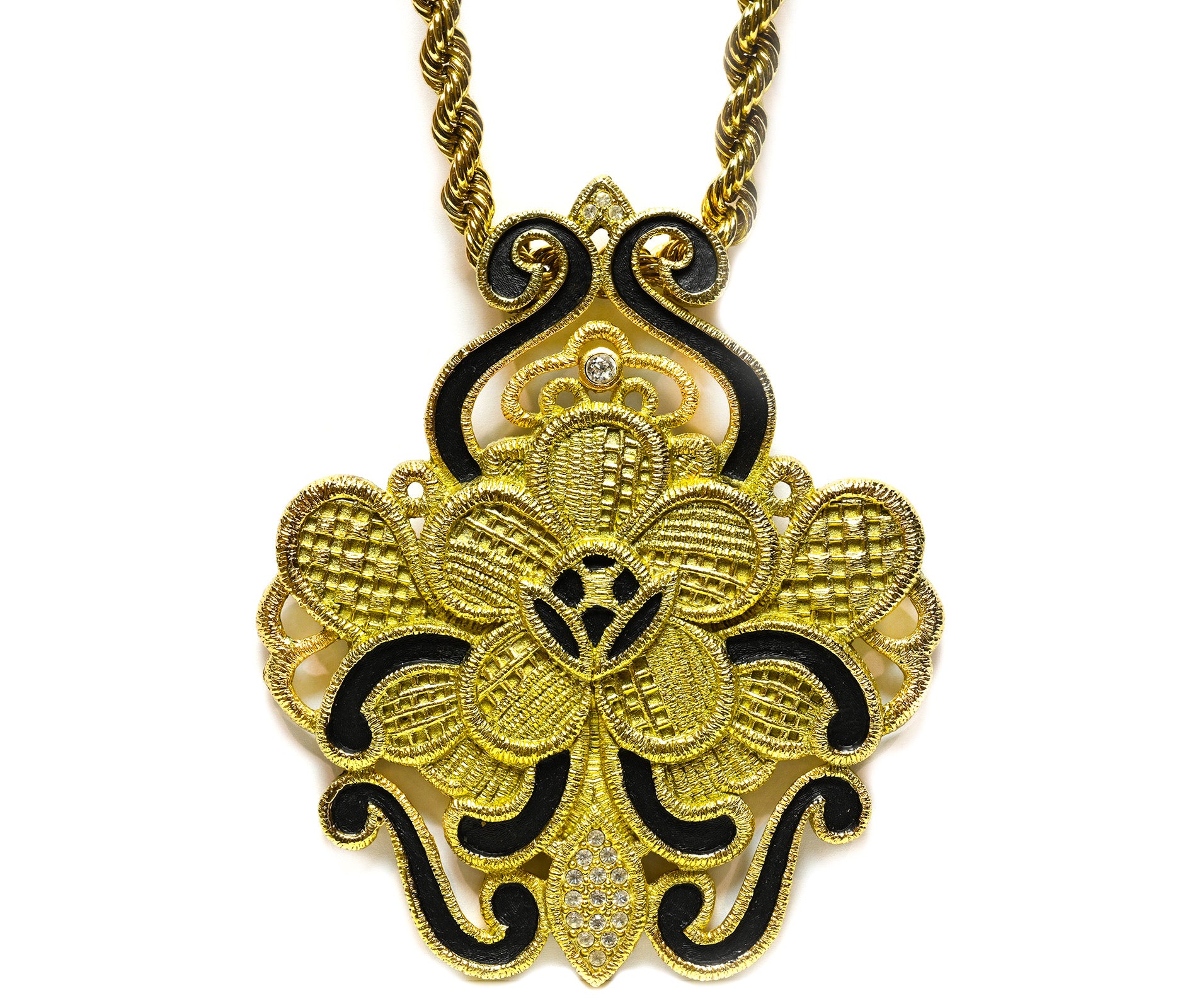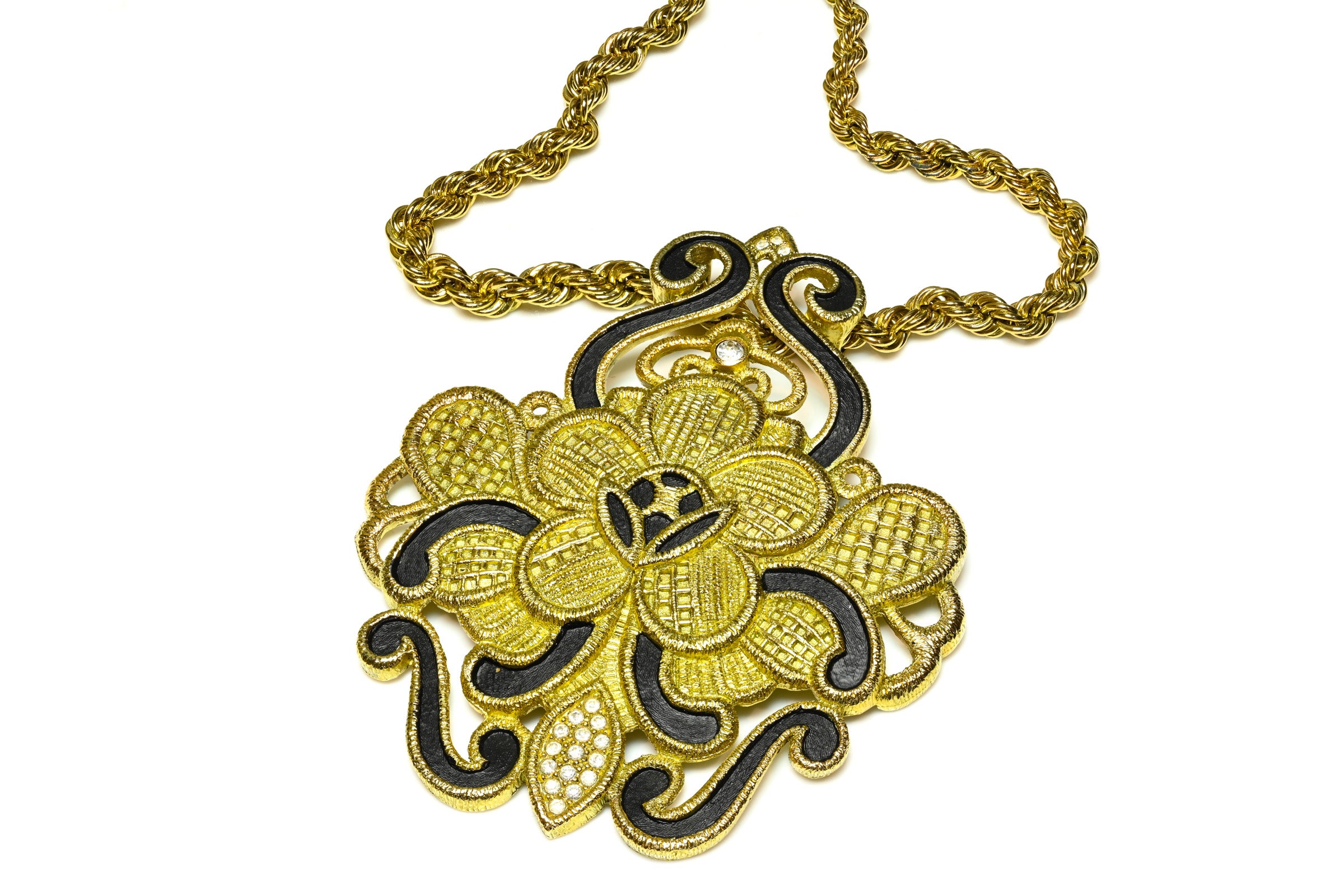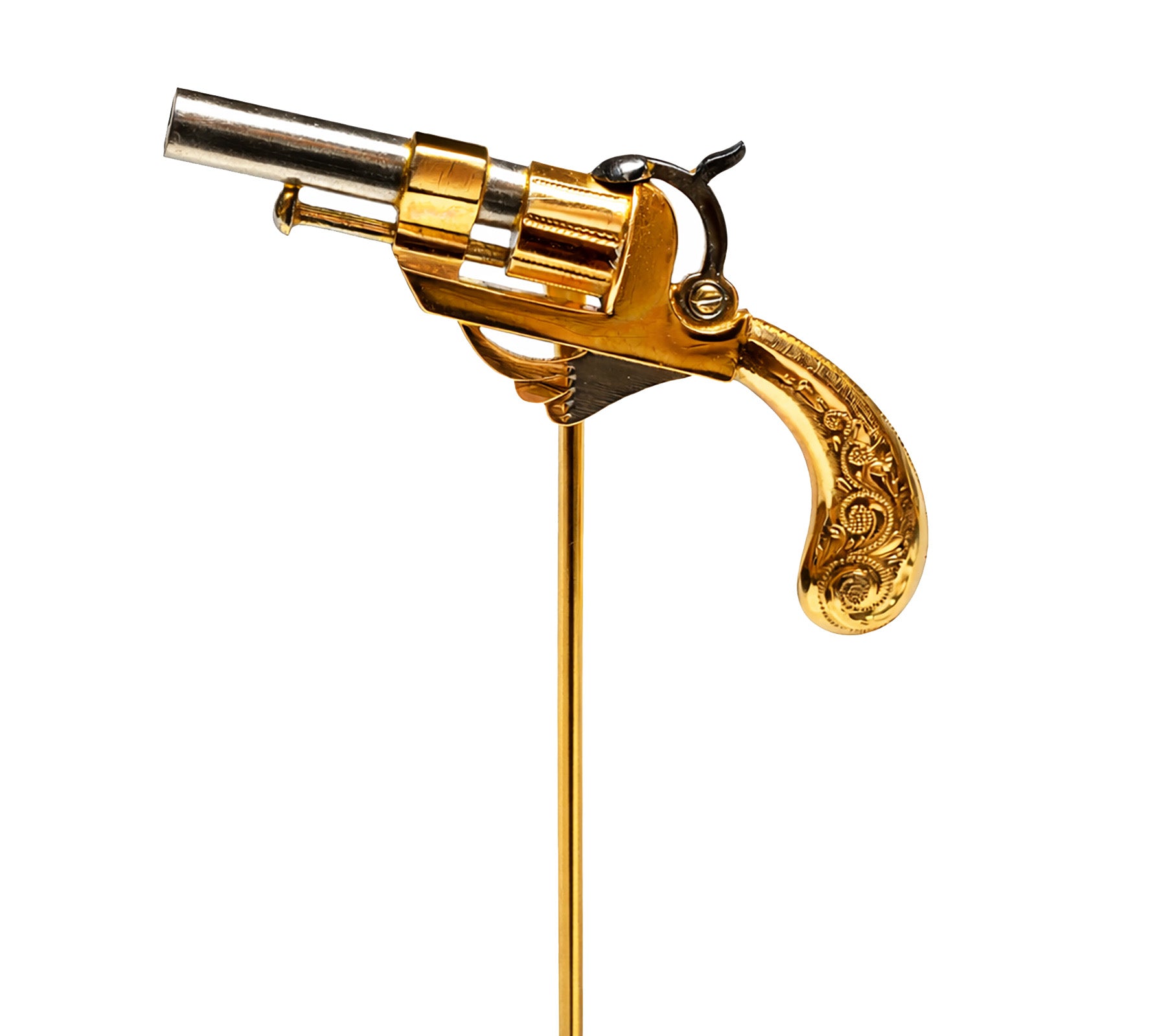"The Man of Steel" - a Fascinating Story About a Unique Statue and an Ancient Symbol
The ancient 1,000-year-old Tibetan statue of the Buddha, called "The Man of Steel", is as fascinating as it is intriguing.
Not only is the ancient statue made out of a very special extraterrestrial material but, in addition, it is also engraved with a symbol whose origins are lost in the mists of history.
Many people shiver at the mere sight of the swastika as this sign makes them remember the horrors of World War Two. Few people know, however, that this symbol has a deeper meaning and that, in fact, it should evoke reverence, not fear.
The Story of an Ancient Symbol
The real, initial name of what we use to call "swastika" is, in fact, "shrivatsa", as the Indian people call it, or "wan", as recognized by the Chinese. These names came from ancient times. The swastika is not something Hitler invented but an ancient Buddhist symbol. Shrivatsa symbolizes the god status of Buddha.
Passionate about magic, witchcraft, and esotericism, Hitler plagiarized this symbol and used it on Nazi flags. But this symbol has a history of thousands of years, and it is found on many ancient objects from all over the world. One of the most famous such artifacts is a 1,000-year-old Tibetan statue of the Buddha.
Known as the "Man of Steel", the statue weighs 10.6 kg and was sculpted from a rare kind of meteorite that landed on Earth about 15 millennia ago.
According to an international study published in Meteoritics and Planetary Science, the statuette contains ataxites, a class of iron meteorites with high nickel content.
"The statue was carved out of a fragment of the Chinga meteorite, which landed in the border areas between Mongolia and Siberia about 15,000 years ago. While the first remains were officially discovered in 1913 by gold prospectors, we believe that this meteorite fragment was collected several centuries earlier," said the study leader Elmar Buchner (University of Stuttgart).
The Nazis Stole the Artifact from Tibet
The artifact was brought to Germany by the Nazi expedition led in 1938 by zoologist Ernst Schäfer. Since the expedition was sponsored by SS chief Heinrich Himmler himself, it is possible that all the team members were SS officers.
Historians believe that they went to Tibet to look for the origins of the Aryans, considered by Nazi ideology as the original and supreme human race.
The statue, which is believed to represent the Buddhist god Vaisravana, the northern Buddhist king or Jambhala, may have originated in the 11th-century pre-Buddhist Bon culture.
On his chest is carved a large "shrivatsa ", symbolizing the god status of Buddha.
Subsequently, the statuette was part of a private collection in Munich until it was put up for auction in 2007 and became available for scientific research.
The Ancient Statue is Invaluable
"The Man of Steel statue is the only known representation of a human figure that was carved into a meteorite, which means we have nothing to compare it to when we estimate its value. If our estimate of its age is correct and nearly a thousand years old, the statue could be invaluable," Elmar Buchner said.
Researchers pointed out in their study the significance of meteorites in prehistoric human cultures.
"Meteorite falls have been interpreted as divine messages by many prehistoric cultures and they are still worshiped as celestial bodies. The provocative use of the meteorite in the creation of the 'Man of Steel', as well as the (at least) partial gilding implies that the artist was certainly aware of the special (extraterrestrial) nature of the sculpted object," the experts said.
The Shrivatsa Symbol is Adored by Millions Across the Globe
Although its origins are lost in the midst of time, the inner meanings of shrivatsa aren't lost. Buddhists from all across the world praise and respect this symbol as they see it connected to Buddha.
Nowadays, shrivatsa is the central symbol of the Falun Dafa emblem, a well-known Buddhist qigong practice.
Based on five smooth exercises and the observance of three universal principles in daily life - Truthfulness, Compassion, and Forbearance, this ancient practice was embraced by almost 100 million Chinese people. Unfortunately, this large number of Falun Dafa (or Falun Gong) followers turned the practice into a target of elimination. In 1999, the Chinese Communist Party launched a brutal persecution against the practitioners as communism hates traditions and moral values, and wants people to bow to them and not to Gods.

